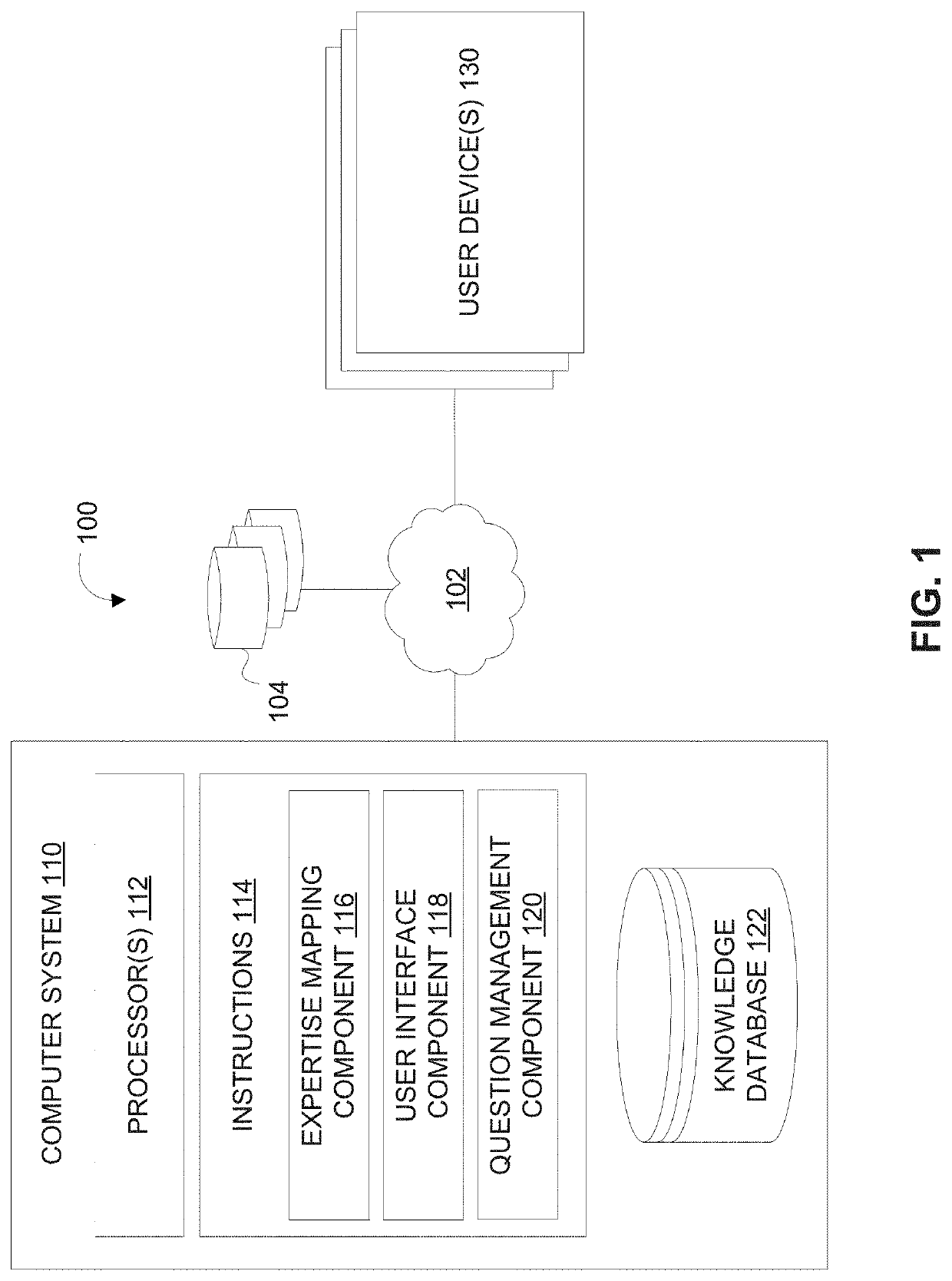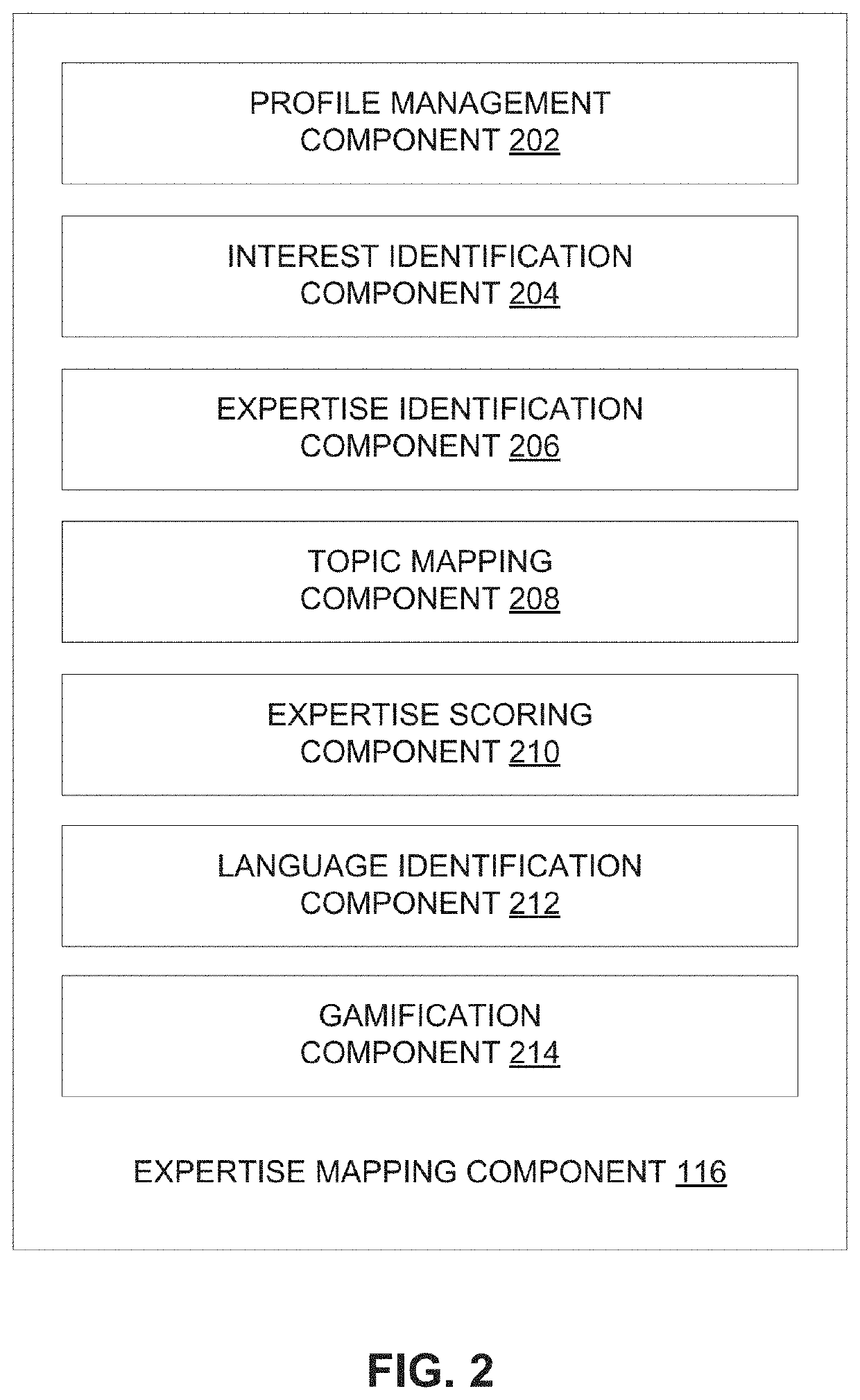Advanced text tagging using key phrase extraction and key phrase generation
a text tagging and key phrase technology, applied in the field of machine learning-based approaches, can solve the problems of human effort and system use of unsupervised learning techniques, and achieve the effect of maximizing the likelihood of getting a quality solution
- Summary
- Abstract
- Description
- Claims
- Application Information
AI Technical Summary
Benefits of technology
Problems solved by technology
Method used
Image
Examples
Embodiment Construction
[0055]It will be appreciated by those having skill in the art that the implementations described herein may be practiced without these specific details or with an equivalent arrangement. In other instances, well-known structures and devices are shown in block diagram form in order to avoid unnecessarily obscuring the implementations of the invention.
[0056]According to one aspect of the invention, an advanced text tagging algorithm is used to extract the relevant topics from a text segment of any size. The relevance of a topic may be determined from the content of the text itself, general language and lexical knowledge, and data from the organization where the text originates.
[0057]As shown for example in FIG. 9, the advanced text tagging algorithm may process a text segment 10, using key phrase extraction 20 and key phrase generation 30. The key phrase extraction comprises identifying the phrases from the original text that represent its most relevant information. The key phrase gen...
PUM
 Login to View More
Login to View More Abstract
Description
Claims
Application Information
 Login to View More
Login to View More - R&D
- Intellectual Property
- Life Sciences
- Materials
- Tech Scout
- Unparalleled Data Quality
- Higher Quality Content
- 60% Fewer Hallucinations
Browse by: Latest US Patents, China's latest patents, Technical Efficacy Thesaurus, Application Domain, Technology Topic, Popular Technical Reports.
© 2025 PatSnap. All rights reserved.Legal|Privacy policy|Modern Slavery Act Transparency Statement|Sitemap|About US| Contact US: help@patsnap.com



